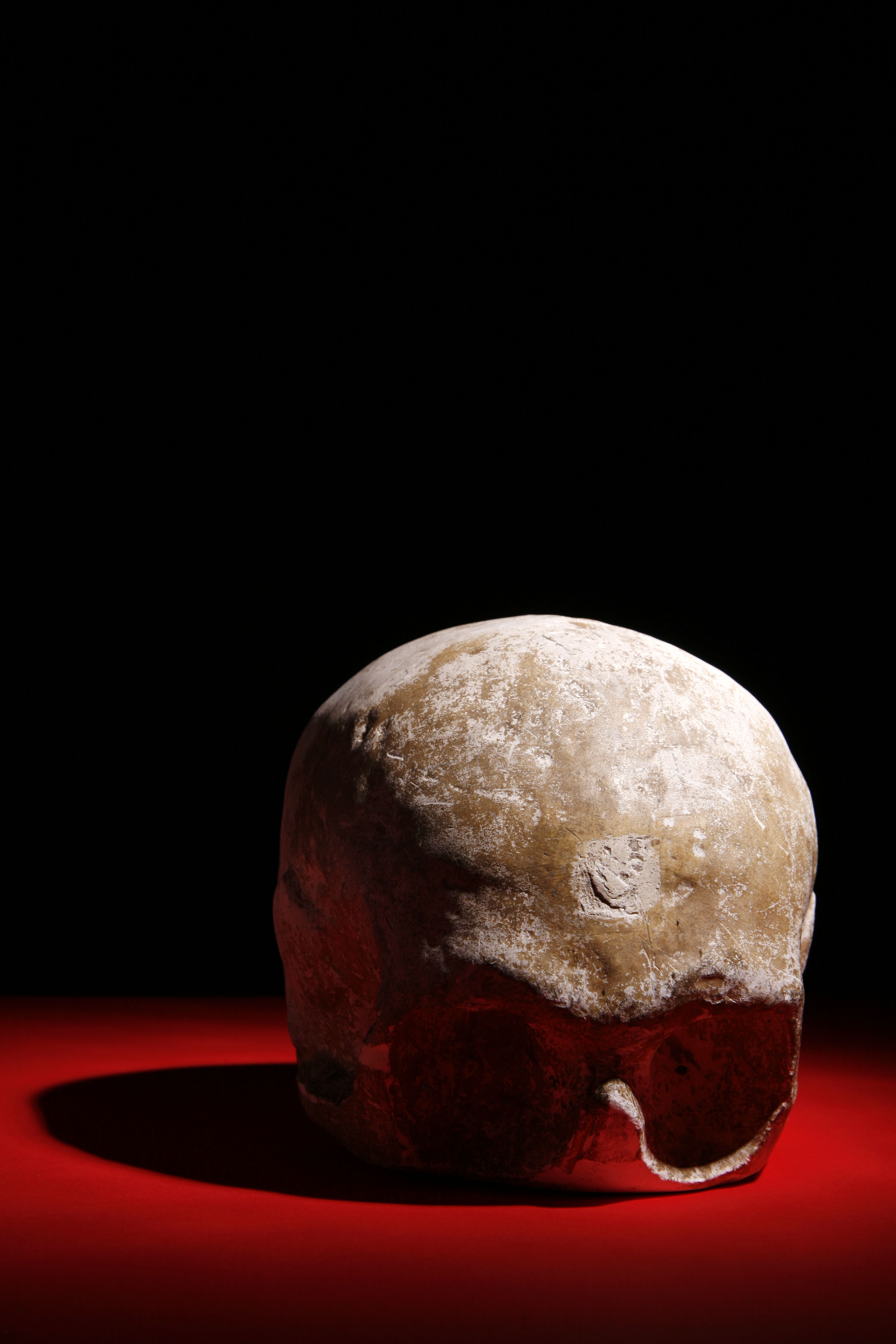From the deceased’s author’s skull, we turn today to the deceased’s author’s hair. In 1855, in Godey’s Lady’s Book and Magazine, English essayist and poet Leigh Hunt is recorded describing hair as ‘the most delicate and lasting of all our materials’. He continues
‘It is so light, so gentle, so escaping from the idea of death that with a lock of hair belonging to a child or a friend, we may almost look up to heaven, and compare notes with the angelic native; may almost say, ‘I have a piece of thee here, not unworthy of thy being now’. Continue reading

